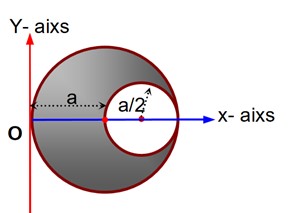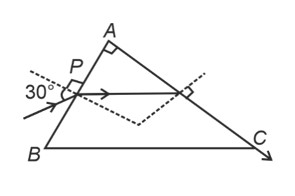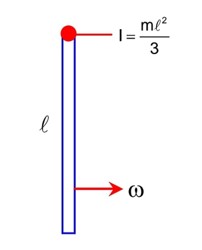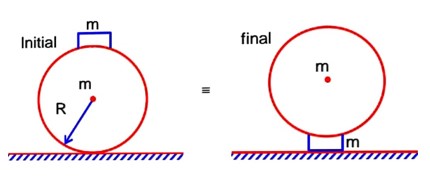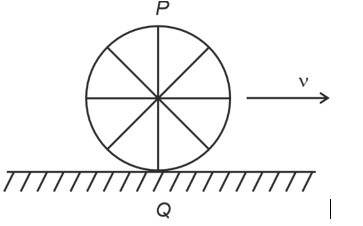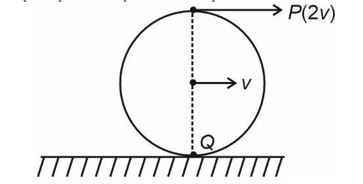Physics System of Particles and Rotational Motion
Get insights from 151 questions on Physics System of Particles and Rotational Motion, answered by students, alumni, and experts. You may also ask and answer any question you like about Physics System of Particles and Rotational Motion
Follow Ask QuestionQuestions
Discussions
Active Users
Followers
New answer posted
4 months agoContributor-Level 10
Let mAB = m = 1 kg
AB = 0.4 m =
d = OM =
= 0.08 + 0.72 = 0.8 kgm2 = 8 * 10-1 kgm2
New answer posted
4 months agoContributor-Level 10
(Material) (Susceptibility ( )
Diamagnetic (II)
Ferromagnetic (III)
Paramagnetic (IV)
Non-magnetic (I)
New answer posted
4 months agoContributor-Level 10
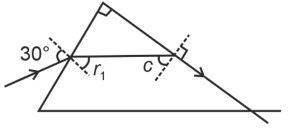
In prism,
…(i)
Apply Snell's law, on incidence surface
On squaring
New question posted
4 months agoTaking an Exam? Selecting a College?
Get authentic answers from experts, students and alumni that you won't find anywhere else
Sign Up on ShikshaOn Shiksha, get access to
- 66k Colleges
- 1.2k Exams
- 680k Reviews
- 1800k Answers

